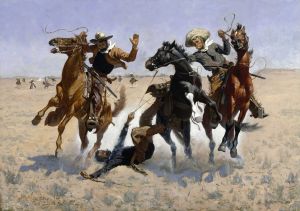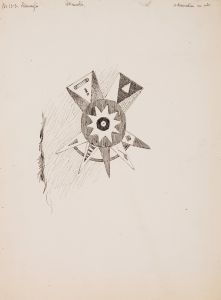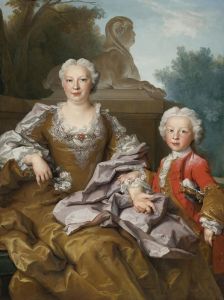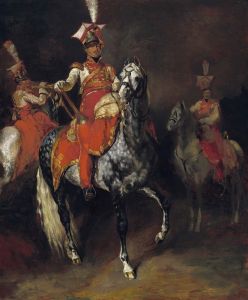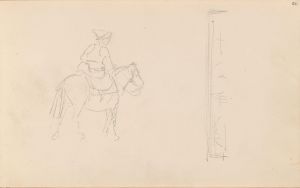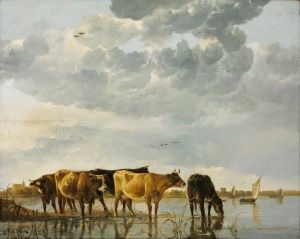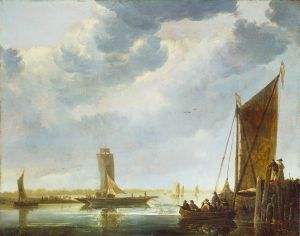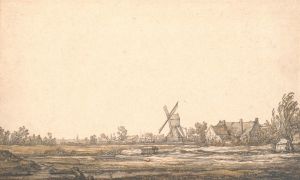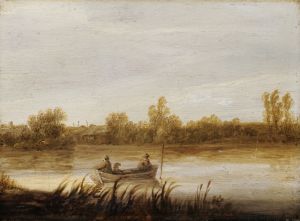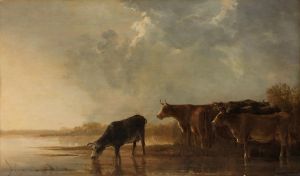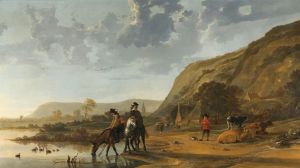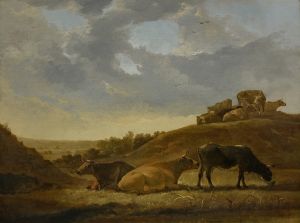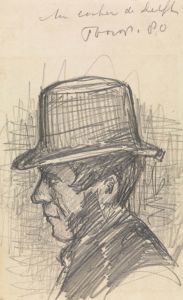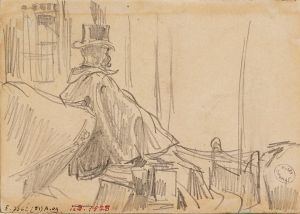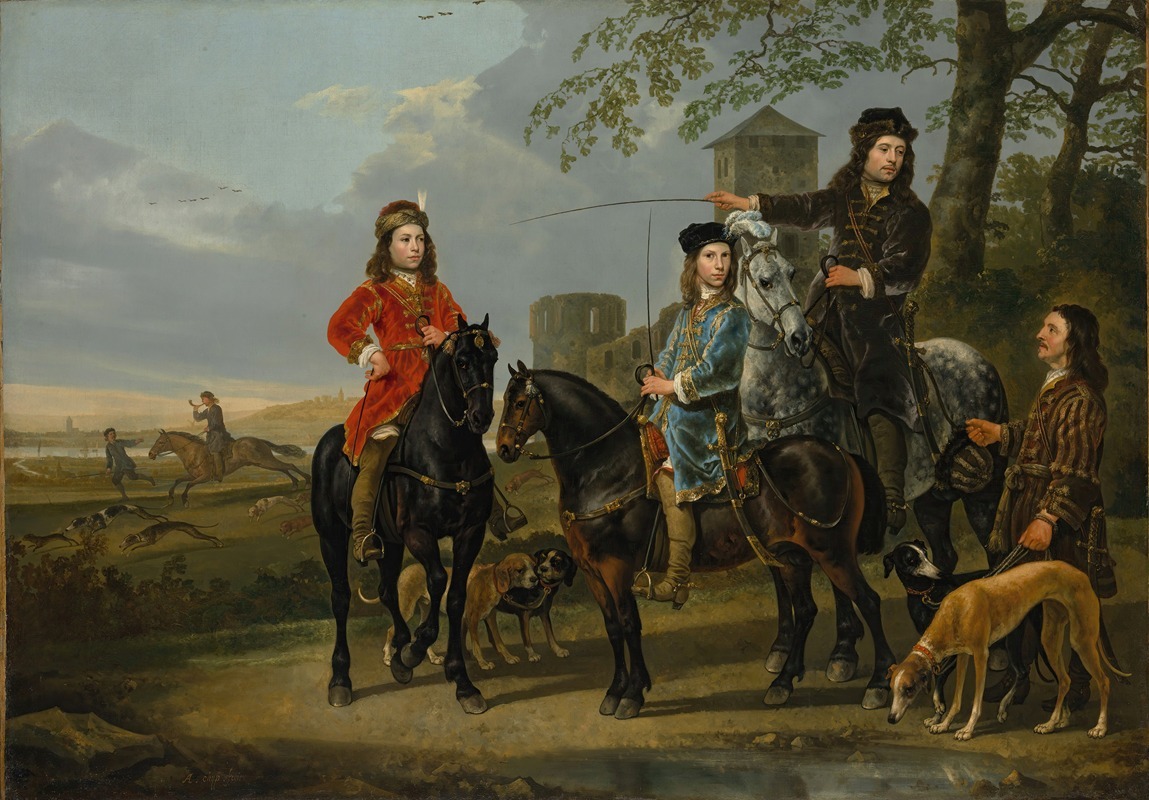
Equestrian Portrait of Cornelis and Michiel Pompe van Meerdervoort with Their Tutor and Coachman
A hand-painted replica of Aelbert Cuyp’s masterpiece Equestrian Portrait of Cornelis and Michiel Pompe van Meerdervoort with Their Tutor and Coachman, meticulously crafted by professional artists to capture the true essence of the original. Each piece is created with museum-quality canvas and rare mineral pigments, carefully painted by experienced artists with delicate brushstrokes and rich, layered colors to perfectly recreate the texture of the original artwork. Unlike machine-printed reproductions, this hand-painted version brings the painting to life, infused with the artist’s emotions and skill in every stroke. Whether for personal collection or home decoration, it instantly elevates the artistic atmosphere of any space.
The "Equestrian Portrait of Cornelis and Michiel Pompe van Meerdervoort with Their Tutor and Coachman" is a painting by the Dutch Golden Age artist Aelbert Cuyp. This artwork is a notable example of Cuyp's skill in portraiture and landscape painting, combining both elements to create a harmonious and dynamic composition.
Aelbert Cuyp (1620-1691) was a prominent Dutch painter known for his landscapes, portraits, and pastoral scenes. He was part of the Dutch Golden Age of painting, a period in the 17th century when Dutch art, science, trade, and military power were among the most acclaimed in the world. Cuyp's works are celebrated for their warm light, atmospheric effects, and detailed depiction of the Dutch countryside.
The painting depicts two young brothers, Cornelis and Michiel Pompe van Meerdervoort, who were members of a prominent Dutch family. They are shown on horseback, accompanied by their tutor and coachman. The composition is set against a serene and expansive landscape, typical of Cuyp's style, which often features wide skies and soft, diffused light.
In the painting, Cornelis and Michiel are dressed in elegant riding attire, indicative of their high social status. Their tutor stands beside them, holding a book, symbolizing education and guidance. The coachman, positioned slightly behind, is holding the reins of the horses, emphasizing his role in the boys' daily life and activities. The horses are depicted with great attention to detail, showcasing Cuyp's ability to render animals with lifelike precision.
The landscape in the background is characterized by rolling hills, a calm river, and a distant town, all bathed in the golden light of a setting sun. This use of light and atmosphere is a hallmark of Cuyp's work, creating a sense of tranquility and timelessness. The painting captures a moment of leisure and learning, reflecting the values of the Dutch elite during the 17th century.
The "Equestrian Portrait of Cornelis and Michiel Pompe van Meerdervoort with Their Tutor and Coachman" is housed in the Rijksmuseum in Amsterdam, one of the most prestigious museums in the Netherlands. The museum's collection includes numerous works from the Dutch Golden Age, and Cuyp's painting is a significant part of this collection.
This artwork not only showcases Cuyp's technical prowess but also provides insight into the social and cultural context of the time. It illustrates the importance of education, family, and the pastoral ideal in Dutch society. The painting remains an important example of Dutch portraiture and landscape painting, admired for its composition, use of light, and detailed depiction of its subjects.





